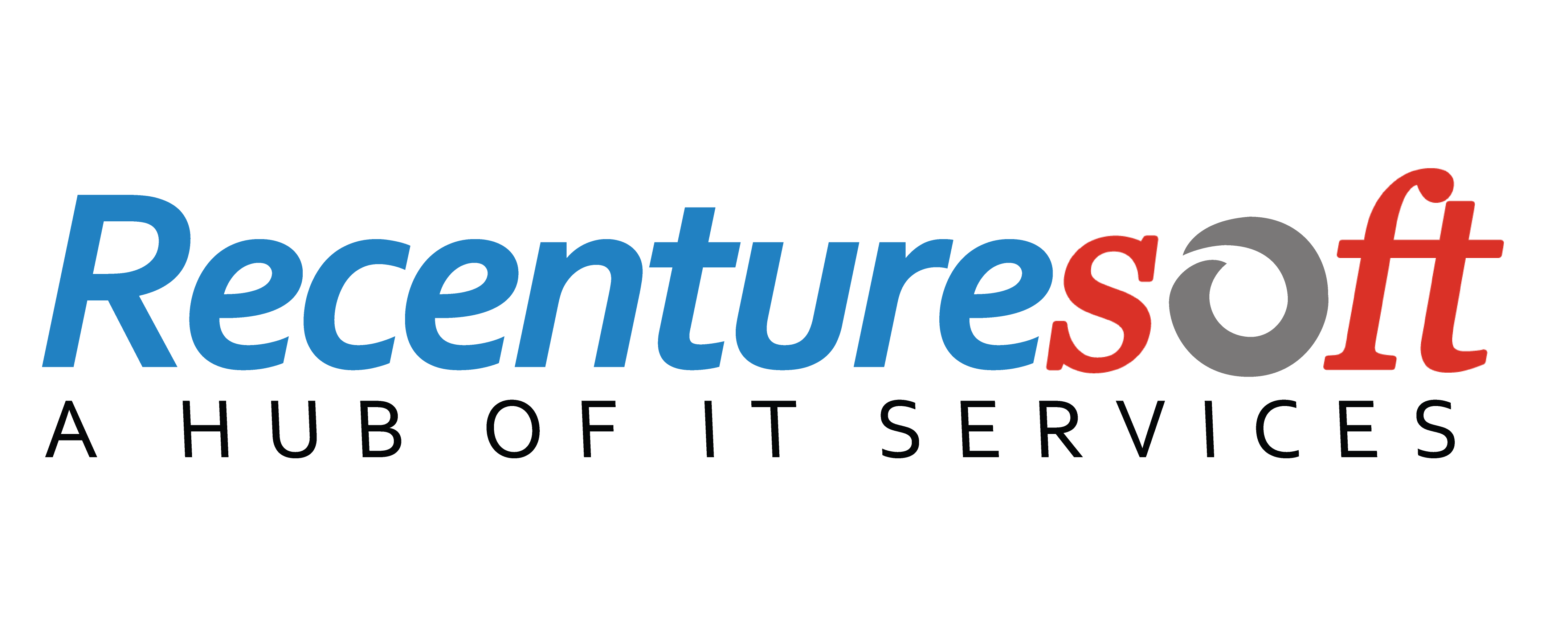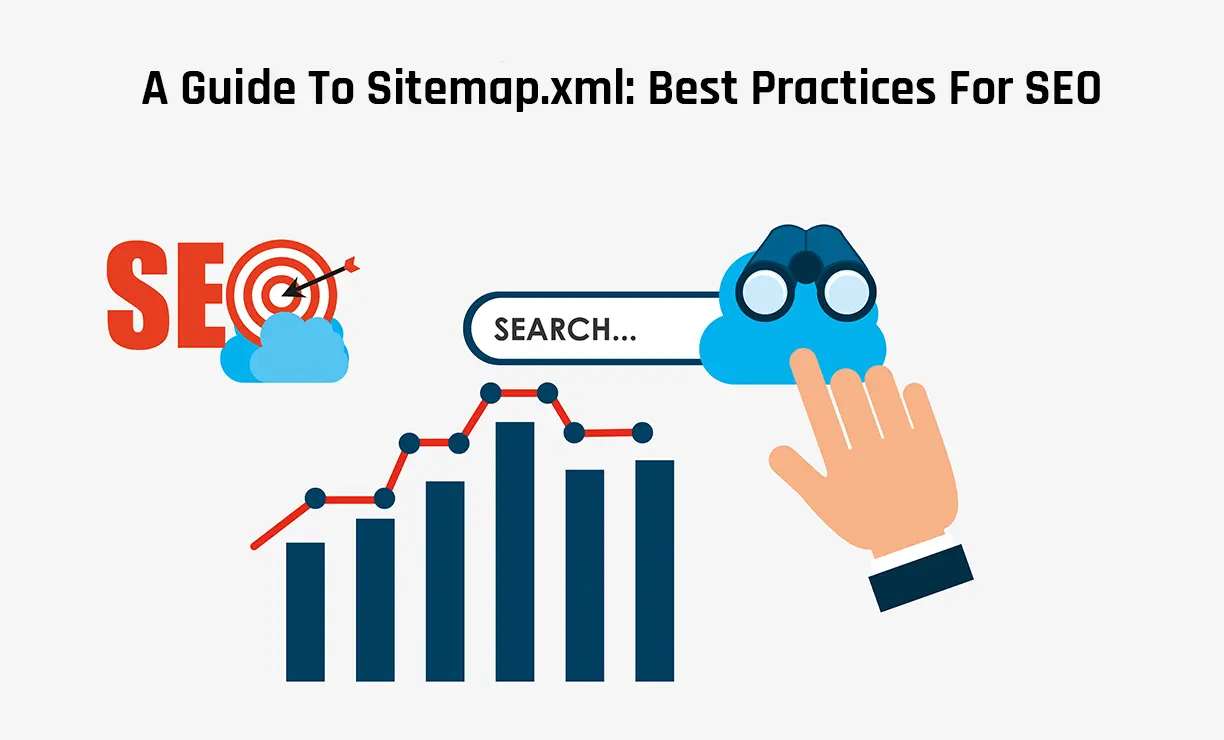Spring Boot is a popular open-source framework for creating Java-based websites. It's made to get you up and operating as fast as possible with the least amount of setup. Its point of view on production-ready apps makes the application of modern best practices straightforward.
Characteristics of SpringBoot
The Spring Boot programme was created with the following objectives in mind.
- Dodging complicated XML configurations thus, you can save time and money.
- To quickly create Spring applications that are ready to use.
- It aspires to shorten the time it takes to create and run applications.
- It intends to make it easier to launch applications.
- Because of the versatility in customising XML configurations, Java Beans, as well as Database Transactions, Spring Boot is a good choice.
- It provides robust batch processing and sometimes even handles REST endpoints promptly. Furthermore, Spring boot has an advantage because no manual configurations are required.
- It can provide spring applications that are automated.
- It has an Embedded Servlet Container and can reduce dependency.
Why is Spring Boot so famous?
Dependency injection is a characteristic of the Spring Framework that allows objects to describe their relationships, which the Spring container then injects into them. This enables developers to design modular applications made up of loosely coupled elements, which are perfect for microservice architecture as well as distributed network apps.
Data binding, validation, resource and event management, exception handling, internationalisation, type conversion, and other common tasks that an application must perform are all supported by Spring Framework. It works with Remote Method Invocation, Advanced Message Queuing Protocol, Java Web Services, as well as other Java EE innovations. To summarise, Spring Framework gives developers all of the tools and features they need to build loosely coupled, cross-platform Java EE apps that run in just about any surrounding.
How does the Spring framework improve with the help of Spring Boot?
Spring Framework, as competent and thorough as that is, still necessitates a significant amount of time and understanding to configure, set it up, and implement Spring applications. With three key capabilities, Spring Boot helps to reduce this effort.
Autoconfiguration
Autoconfiguration refers to the fact that applications come with pre-configured relationships that you shouldn't have to manually set up and manage. Because Java Spring Boot has built-in autoconfiguration, it customises both underlying Spring Framework and third-party packages based on your preferences. Even though you can overturn these defaults once setup is finished, Java Spring Boot's autoconfiguration feature allows you to quickly begin developing Spring-based applications and reduces the chance of human error.
Approach with a strong point of view
Spring Boot takes a hands-on approach to have to add and construct starter dependencies premised on the project's requirements. Spring Boot decides which packages to configure and which default values to use based on its judgement, rather than needing you to make all of those decisions and set up it all manually.
During the initialization process, you can define your project's requirements by selecting from a list of starter dependencies (called Spring Starters) that cover common use cases. You can use Spring Boot Initializr without coding by filling out a basic web form.
The 'Spring Web' starter dependency, for example, helps in building Spring-based web applications with minimum effort by including all required connections in your project, like the Apache Tomcat web server. Another popular starter dependency is 'Spring Security,' which instantly adds authentication as well as access-control features to the application.
Over 50 Spring Starters are included in Spring Boot, but several third-party starters are available.
Stand-alone applications
Spring Boot enables developers to create applications that are ready to use right away. By incorporating a web server like Tomcat or Netty into the app during the initialization phase, you can create standalone applications that run without depending on an outer web server. As a consequence, you can use the Run command to release your application on any platform. If you don't want to use an embedded Web server, you can disable this feature.
What is Spring?
The framework is a reusable software system design platform that supports code libraries and a variety of scripting languages. A framework, in simple terms, is something that makes core programming easier. Frameworks exist for PHP, Perl, Java, Python, Ruby, and a variety of other languages. All Software Frameworks are designed with the goal of reusability in mind, and they provide tools to aid programmers in the development and binding of multiple elements of a software project.
Spring is a compact application framework that can be compared to a structure of frameworks as it supports a variety of frameworks including Struts, JSP, Hibernate, and others. Rod Johnson wrote the first version of the Spring framework in 2002, and it was first published in 2003 under the Apache licence version 2.0.
How is spring framework different from spring boot?
Again, the main benefits of using Spring Boot over Spring Framework alone would be its ease of use and speed of development. In concept, this comes at the cost of the increased flexibility that comes with working with Spring Framework explicitly.
Utilizing Spring Booth is worth the tradeoff except you want or need to enforce a very distinctive configuration. Spring Framework's popular annotation scheme, which lets you quickly inject additional dependencies into your application, is still available. All Spring Framework features, such as simple event handling, affirmation, data binding, type converting, and built-in security as well as testing capabilities, are still available. In the end, if your project's scope is coated by even one Spring Starter, Spring Boot can help you save time and money during development.
Advantages of Spring Boot
- The main benefit is that spring boot makes it simple to create spring-based applications in JAVA or Groovy.
- The greatest benefit is the saved time. Spring Boot cuts down on the time it takes to develop and increase productivity.
- It also aids in reducing the amount of time spent manually composing annotations, boilerplate rules, and XML configurations.
- Spring Boot Application can now be easily integrated with the rest of the Spring Ecosystem, which contains Spring Security, Spring Data, Spring JDBC, and Spring ORM.
- It also lessens developer effort by using the 'Opinionated Defaults Configuration.'
- Developers have quick access to engrained HTTP servers like Jetty and Tomcat, as well as the ability to test web applications quickly.
- It provides quick access to the Command Line Interface, which has been used to research and develop Spring Boot applications written in Java or Groovy.
- It also comes with several plugins that assist the development and testing of Spring Boot applications created with tools like Gradle and Maven.
- Finally, it comes with a plugin that makes working with engrained and in-memory databases a breeze.
AWS App Runner is a highly scalable container application service that enables building, deploying, and running container-based web apps and APIs simple for customers with no previous container or infrastructure experience. Consumers usually offer source code or even a container image, and App Runner develops and sets up the web application instantly, load-balances traffic, as well as scales on demand.
Who uses AWS app runner?
When you're a developer, App Runner can make deploying the latest edition of your code or image repository much easier.
The setup
Our Java application will be built and tested using CodePipeline + CodeBuild, and our source code would be hosted on Github.
Setup of the basics
Any changes to the code is ensured by the build pipeline. We only create from the latest code, so any merge, or commit to mentor will lead to a new build as well as a new container image.
The construction is divided into two stages:
We log in to ECR and generate a hash for the photo tag we'll be creating later.
The docker image is uploaded to the ECR repository.
Creation of APP Runner Service
The last and final step in our setup is to create the AWS App Runner service using the CDK.
If we need to recognise a new service URL, we can use the CDK 'CnfOutput' construct, which allows us to demand the URL.
When you're not using an AWS App Runner-supported language, deploying your provider to AWS App Runner is relatively simple.







